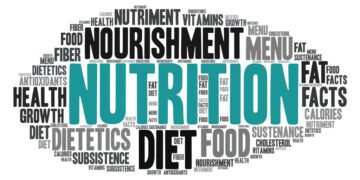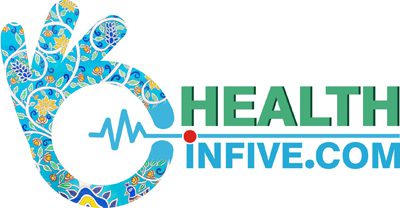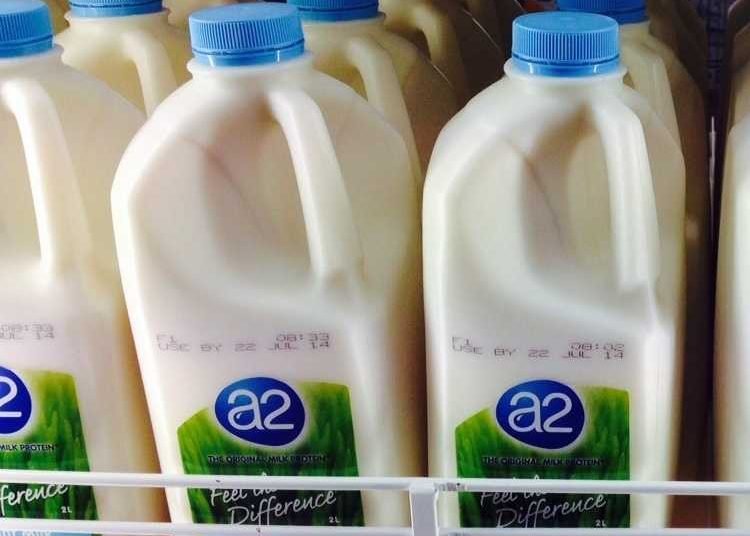By Health In Five Writer
In the light of the debate – which between the raw milk and pasteurized milk is fit for consumption, many arguments have come up, which will help the common man to see the matter in a new light.
Firstly, what is Pasteurized milk?
Pasteurization is the destruction of disease-carrying germs present in raw milk, and helps further prevent the souring of milk. Milk is kept at a temperature ranging between 145 degrees to 150 degrees Fahrenheit, for a time period of half an hour (minimum), followed by reducing the temperature to about 55 degrees Fahrenheit. Pasteurization, undoubtedly, kills the harmful germs present in milk, but does it kill the useful ones as well, thereby compromising on the nutritional quality of milk?
Given the concern, what harm does Raw Milk do anyway?
The major concern regarding the non-pasteurized raw milk stems from the presence of pathogens. However, this can be dealt with the manner in which the raw milk is produced – from feeding the animals to keeping the milk clean during the process. Pasteurized milk, whereas, in the name of a ‘safer’ option, has an increased shelf life and is readily available for the purpose of mass-marketing, thereby equivalent to the dairy industry striking gold!
However, the milk comes from cows loaded on hormones and antibiotics. The raw milk’s butterfat is removed, to hide the cream from the consumer, thereby creating a risk of heart diseases.
Raw milk has various benefits compared to pasteurized milk, which are as follows:
- A complete food, raw milk is loaded with nutrients – minerals (from Calcium to Phosphorus), vitamins and protein.
- Raw milk provides a total of 20 of the amino acids, which must necessarily be consumed through food since are body cannot produce them.
- Calcium in raw milk is beneficial for teeth and bones.
- Live bacteria in raw milk helps in digestion and protects our body from disease-carrying organisms.
When it comes to prevention of souring of milk, sour milk is widely used. It is fed to invalids as a result of being easily digested, and is not unpleasant for consumption. However, pasteurized milk does not turn sour, and hence quickly decomposes.
Thus, given the benefits of clean, raw milk, that take over any advantages that Pasteurization provides, raw milk is the best and the most nutritious addition to one’s diet – child or adult.







































